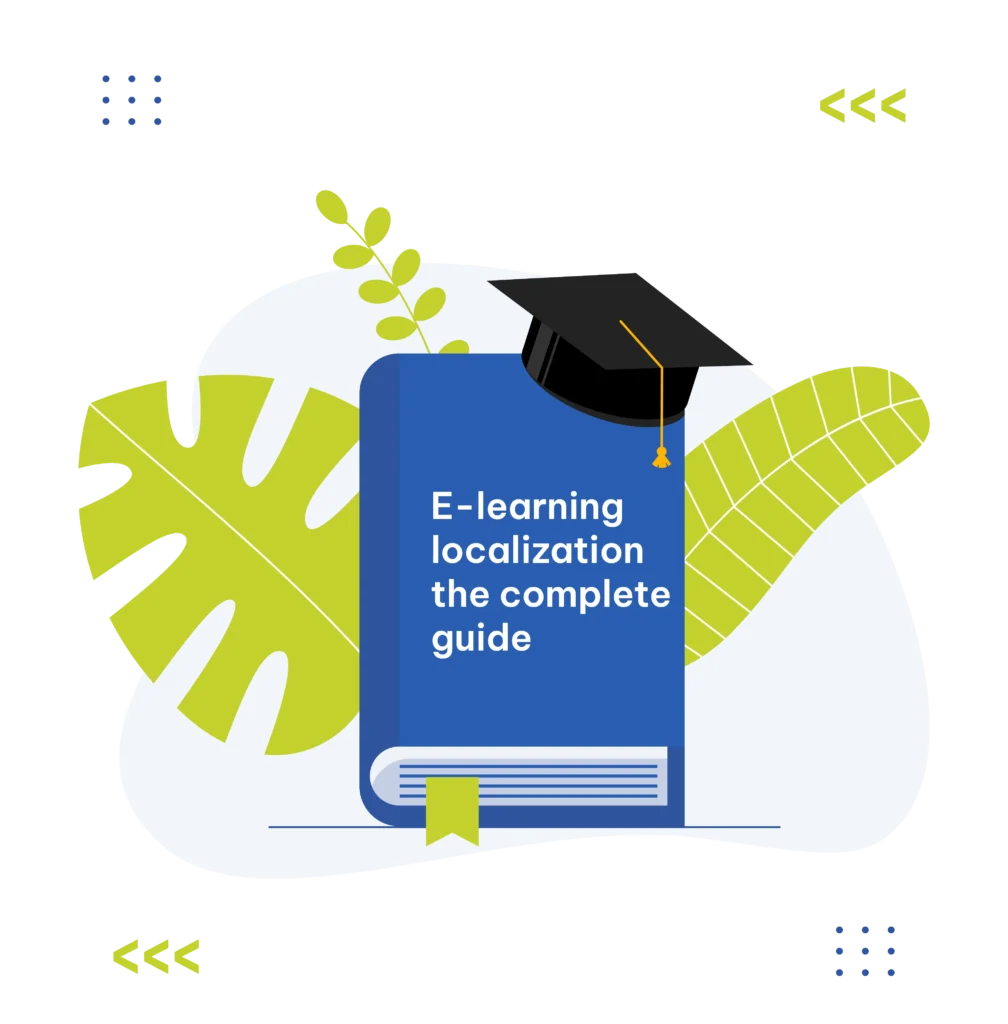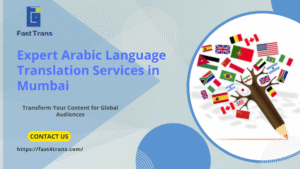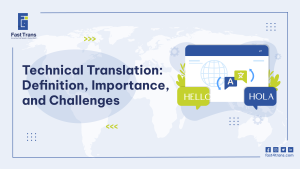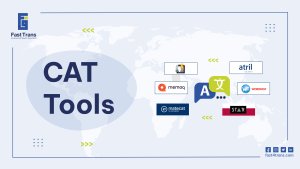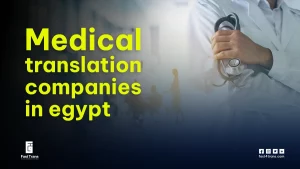Arabic e-learning localization transforms educational content to resonate with Arabic-speaking learners by adapting language, visuals, and user experience to local cultural and technical norms. Beyond simple translation, it involves adjusting right-to-left text flow, incorporating region-specific measurements, and ensuring culturally relevant imagery and audio.
By optimizing platforms for mobile use and complying with local regulations, this process enhances accessibility and engagement. It’s a key strategy for making learning more inclusive, relevant, and effective, helping educational materials reach a wider audience while respecting cultural nuances.
What is Arabic E-Learning Localization?
E-learning localization is a relatively new branch of localization that aims at adapting the digital learning/educational/tutorial content all its variety to suit the cultural and linguistic context of the Arabic-speaking audience.
E-learning content could be any of the following:
- Educational content is offered by websites like Udemy, and Coursera.
- Training content made by your company to onboard, and teach new hires.
- YouTube online educational content on any topic.
- Multimedia presentations.
- Interactive educational content.
Read more: Best localization agency in the Middle East
What does Arabic E-Learning Localization involve?
Arabic e-learning localization involves adapting content to fit linguistic, cultural, and technical norms for Arabic-speaking audiences. This includes translation, UI/UX adjustments, metrication, and modifying visuals/audio to ensure relevance, respect, and usability.
1. Localizing of linguistic elements
This involves translating and localizing what the instructor-if any-is saying. It includes other textual elements like the video transcription, or video summary, and its subtitles.
Other examples can be Arabic localizing names, and cultural references for local relevance, ensuring that idioms, abbreviations, and colloquialisms are adapted to the Arabic-speaking audience.
For instance, let’s imagine that one learning video about Great Medieval Philosophers mentions the name (Averröes), one good localization effort here could be translating it into Arabic to (Ibn Rushd) To avoid offending them into westernizing essentially Arab scholar names, which can be offensive for some Arab or Muslim audience.
2. Metrication
This involves adapting textual things such as measurement units, date, time, currency, symbols, and number formats to match local norms.
For example, localizers could attempt to convert measurements from Pound to Kilo if the target audience is more familiar with Kilos as a means of measuring weight.
3. Visual and audio localization
This is where the big difference between localization and translation stems from. Localization looks beyond the textual, this involves things like images, illustrations, sound effects, music, and video on-screen texts, voice-overs, subtitles, and closed captions…etc.
4. Localizing for User Interface (UI) and User Experience (UX)
When dealing with digital and visual mediums, it’s very likely that the interface will change after you localize its content, this is due to several factors:
- Text expansion (One language says something in more words than another)
- Text contraction (One language conveys the same information in fewer words/space)
- Text direction (Arabic, Farsi, and Hebrew are right-to-left (RTL) languages, unlike European languages)
Therefore localizing the UI can include:
- Redesign the UI (user interface) to support the reading direction (left-to-right or right-to-left) languages and text direction.
- Selecting fonts, text size, typography styles, and spacing to be in harmony with the target language.
- Adjusting the learning experience and content presentation to align with the audience’s learning preferences.
Strategies for Successful Arabic eLearning Localization
Successful Arabic eLearning localization requires precise translation, cultural relevance, and seamless adaptation to regional preferences. Key strategies include ensuring accurate content translation, RTL design adjustments, culturally sensitive visuals, mobile optimization, legal compliance, and continuous user testing.
1. Language Accuracy and Clarity
The foundation of successful Arabic eLearning localization is high-quality translation. However, it’s important to go beyond basic translation and ensure that the content is clear, accurate, and appropriate for the learning context.
- Professional Translation: Engage native Arabic speakers with expertise in education and eLearning. They can ensure that the content is not only grammatically correct but also aligned with the specific terminologies used in the subject area.
- Consider Regional Dialects: While Modern Standard Arabic (MSA) is widely understood across the Arab world, there are regional variations in the language that could influence comprehension. In some cases, adapting content to a particular dialect can be beneficial, especially for informal or spoken content.
2. Right-to-Left (RTL) Design Considerations
Arabic is written and read from right to left, and this needs to be carefully considered in the design of your eLearning platform and materials.
- UI Adjustments: Ensure that the user interface (UI) is reversed to accommodate the RTL format. This includes menus, navigation buttons, and text fields. Failure to implement RTL formatting may cause confusion for learners.
- Test the Layouts: Carefully test all aspects of the layout after adjusting for RTL, including buttons, images, and text alignment. Any visual elements that do not align with the language’s flow could hinder usability and learning.
3. Cultural Sensitivity in Content
Cultural relevance is a critical aspect of Arabic eLearning localization. Ensure that the content resonates with Arabic-speaking learners by considering the following:
- Respect for Cultural Norms: Avoid using images, symbols, or themes that may be culturally inappropriate or insensitive. For instance, religious symbols, clothing, or personal interactions should be treated with respect. You may also need to adjust certain activities or scenarios that could be perceived as inappropriate.
- Culturally Relevant Examples: Use local examples, case studies, and scenarios that are relatable to Arabic-speaking learners. This helps bridge the gap between the course content and real-world applications, making the learning process more engaging.
4. Localization of Visuals and Multimedia
In eLearning, visuals play a key role in conveying messages and enhancing understanding. For Arabic learners, you must ensure that multimedia content is both culturally relevant and technically compatible.
- Localized Audio: If your eLearning course includes voiceovers or audio content, make sure it is narrated by native Arabic speakers who are well-versed in the nuances of the language. This adds authenticity and increases learner engagement.
- Visuals and Graphics: Adapt visuals to align with local cultural expectations. For example, character illustrations, facial expressions, and even body language can have different interpretations across cultures. Ensure these are adjusted to reflect the values and norms of the Arabic-speaking region.
5. Ensure Compatibility with Local Technologies
Accessibility and technical functionality are essential for Arabic eLearning. The platform and content must be optimized for the technologies most commonly used by Arabic-speaking learners in the region.
- Mobile Optimization: The MENA region has seen rapid growth in mobile usage. Ensure that your eLearning content is fully optimized for mobile devices, as learners in many Arabic-speaking countries primarily access online education through their smartphones.
- Local Payment Methods and Pricing: If your eLearning platform involves paid content, make sure to offer payment methods that are popular and trusted in Arabic-speaking countries, such as local credit cards, mobile wallets, or other regional payment solutions.
6. Legal and Regulatory Compliance
When localizing your eLearning content for Arabic speakers, it’s important to ensure that your platform adheres to regional laws and educational regulations.
- Data Privacy: Make sure that your eLearning platform complies with local data privacy laws, such as those enforced in the UAE or Saudi Arabia. Learners’ personal and payment information should be handled securely.
- Content Appropriateness: Ensure that your course materials are compliant with local regulations regarding content, especially in relation to sensitive topics like religion, politics, and gender.
7. User Testing with Arabic Speakers
Before launching your localized eLearning content, conduct thorough testing with native Arabic speakers to ensure everything functions as expected. User feedback will highlight any potential issues in translation, usability, or cultural sensitivity.
- Beta Testing: Select a group of learners from different Arabic-speaking regions to test the platform and content. Use their feedback to fine-tune the experience and ensure that the course is intuitive and engaging.
- Continuous Improvement: Localization is an ongoing process. As new features or updates are introduced, continue to gather feedback from learners and adjust your content accordingly.
8. Provide Support in Arabic
Offering customer support in Arabic is a vital component of localized eLearning. Learners should be able to reach out for assistance in their native language, whether through live chat, email, or phone support.
- Multilingual Help Desk: Ensure that your support team is equipped to handle inquiries in Arabic, and that help documentation or FAQs are translated accurately.
- Community Engagement: Foster an Arabic-speaking community within your eLearning platform where learners can ask questions, share experiences, and engage with peers in their own language.
What is the process of Arabic e-learning localization?
Arabic e-learning localization involves tailoring content for cultural and linguistic relevance, from project planning to post-launch feedback. Key steps include content translation, multimedia adaptation, platform adjustments, and ensuring accessibility for all learners.
1. Project Planning
Identify the target audience and their cultural, linguistic, and regional requirements. What’s their intent out of interacting with your content? What are their preferred learning methods?
2. Content Preparation
Here, the team extracts the content from source files, which could be anything from text strings to videos or images.
3. Translation and cultural localization
The team of localizers adapts the entire content, they use a style guide to maintain consistency of tone and style.
4. Multimedia Adaptation
Most likely, the eLearning content contains videos or audio that need to be subtitled or dubbed. This acts as an essential step because it directly affects the user’s first-hand experience with the content.
5. eLearning Platform Localization
Maybe the learning content is available on a separate platform. The menus, pop-up messages, and UI of the platform too are to be localized.
6. Content Accessibility
The Arabic localized eLearning content should be accessible to a spectrum of learners, even those with disabilities. For example, this includes writing alt text for images, including captions for videos, being compatible with their disability assistive technologies, providing audio narration of text for visually impaired learners…etc.
7. Quality Assurance and Testing
Testing is crucial to ensure that the content is error-free, suitable for the Arabic-speaking learners, culturally sensitive, avoids negative connotations, or offensive implications, is easy to comprehend, and doesn’t contain contextual ambiguity or complex concepts.
8. Post Launch Feedback
The process has not yet ceased to an end, because your most valuable feedback is the one coming from the users themselves. What issues do they raise? Or recurring problems they face with the eLearning platform? This is what you need to address.
How is Arabic E-learning localization different from Arabic E-learning translation?
Arabic E-learning translation simply converts the material or content from one language to Arabic, while still making linguistic choices.
Localization is Translation+(a whole group of non-linguistic aspects) It’s going the extra mile to make the user experience more familiar, doing whatever it takes to achieve that.
Read more: What is Translation?
Why is Arabic e-Learning localization so important?
- Accessibility of knowledge to a wider audience who can benefit from it.
- If you’re localizing e-learning training materials for employees, it’s a great way to show inclusivity and respect to employees from different backgrounds and locales.
- Related to the previous point, localizing e-learning content is part of implementing serious DEI measures at work, which can have an amazing effect on your overall employer branding and company reputation.
- Instead of creating new content, localizing existing ones into Arabic is much more cost-effective and less time-consuming.
Find Arabic e-learning localization experts at Fast Trans
Get top-tier quality and rock-bottom prices at Fast Trans.
Do you have an eLearning content at hand that you wish could reach more audience? Our team at Fast Trans is more than eager to help you unlock the potential of quality e-learning content as one part of its comprehensive localization services coverage. We’ve got our hands on experts in 120+ languages who have extensive industry expertise.
Reach out to us here, we’re available around the clock for you
Or get your quote by clicking here
Conclusion
Arabic e-learning localization focuses on adapting educational content to meet the cultural, linguistic, and technical needs of Arabic-speaking audiences. It involves translating content, adjusting user interfaces (UI) for right-to-left text flow, modifying visuals and audio to reflect local norms, and ensuring accessibility for all learners. This process not only includes accurate language translation but also integrates regional preferences, such as local measurement units, culturally appropriate imagery, and mobile optimization. Arabic e-learning localization also addresses issues of legal compliance and the use of local payment methods to enhance usability and engagement.
The key elements of successful Arabic e-learning localization are precise translation, cultural relevance, and an intuitive user experience tailored to the unique characteristics of Arabic-speaking learners. This process is different from simple translation, as it goes beyond converting text to make the content relatable and usable within a specific cultural context. To ensure effectiveness, Arabic e-learning localization includes rigorous testing, ongoing feedback, and adjustments based on user input, making it an essential practice for expanding the reach of e-learning platforms across the Arab world.

